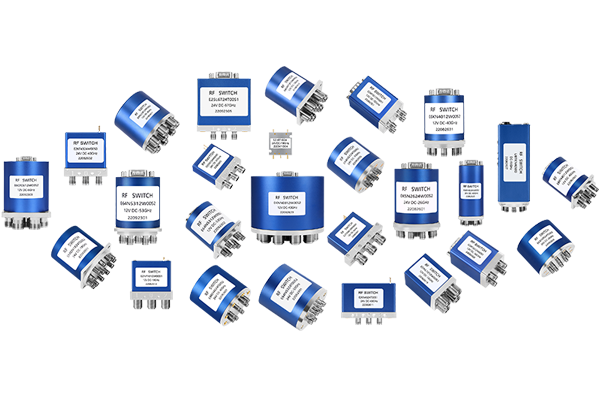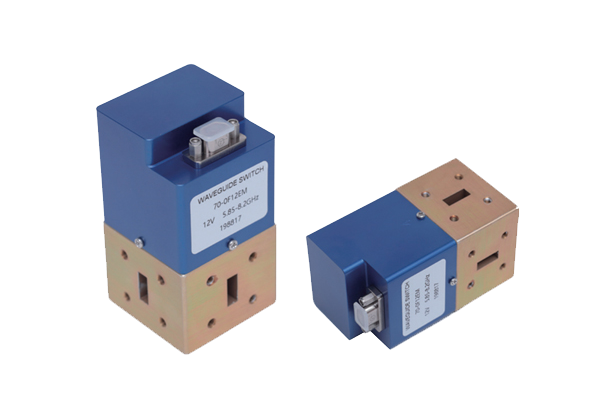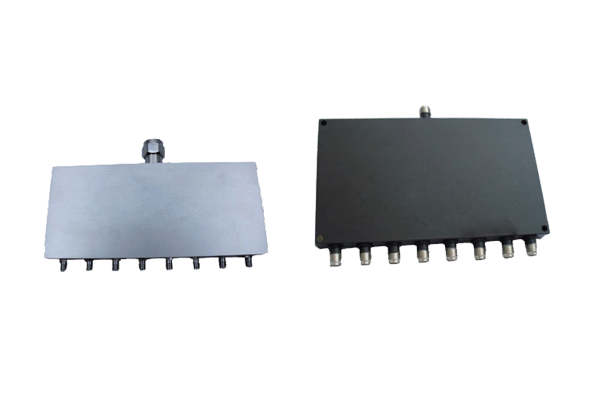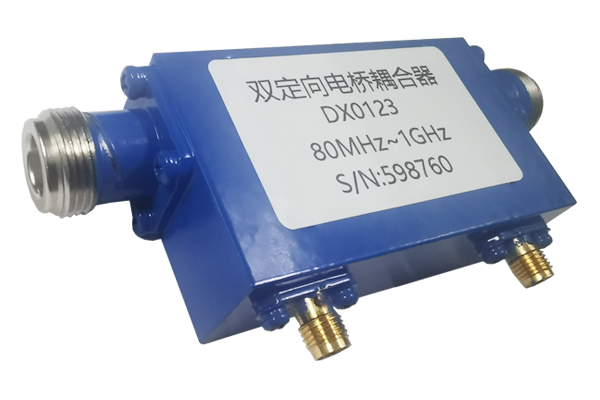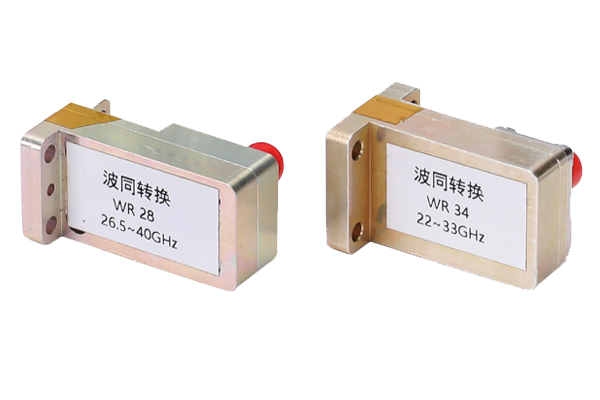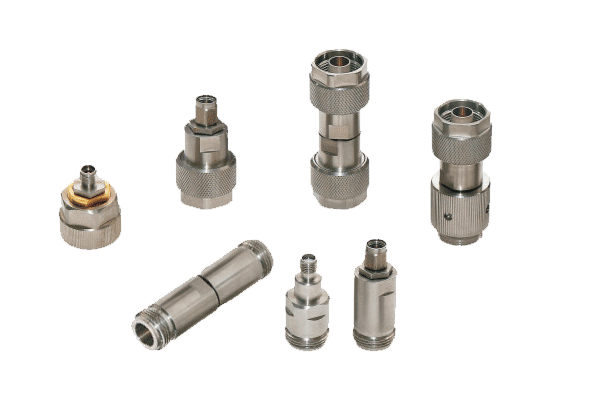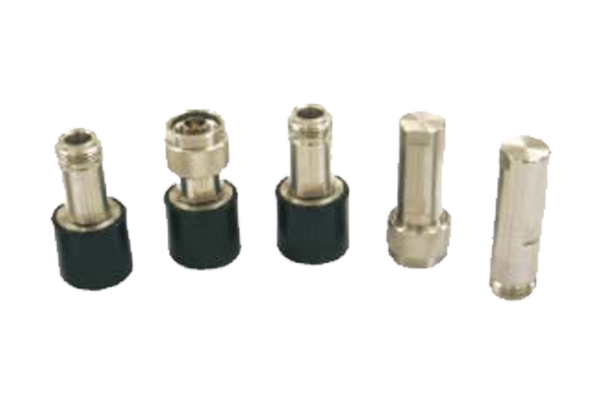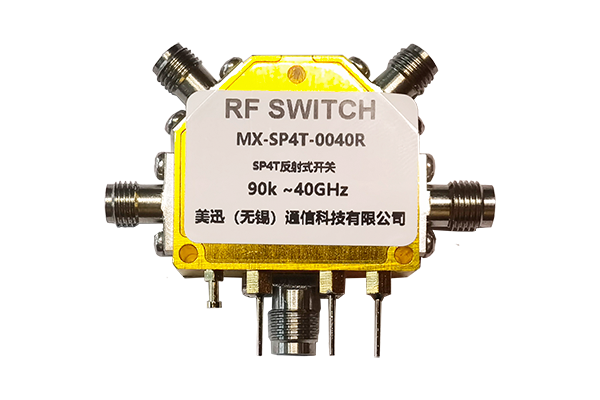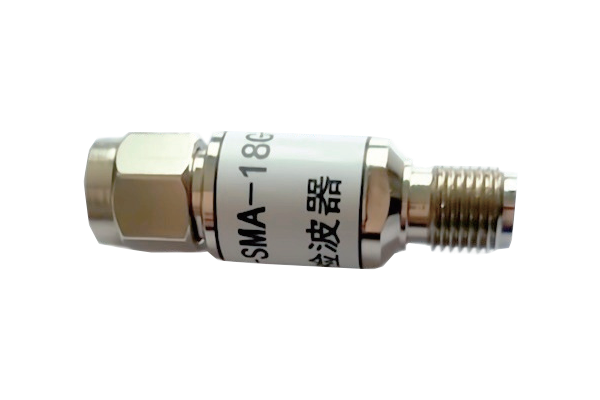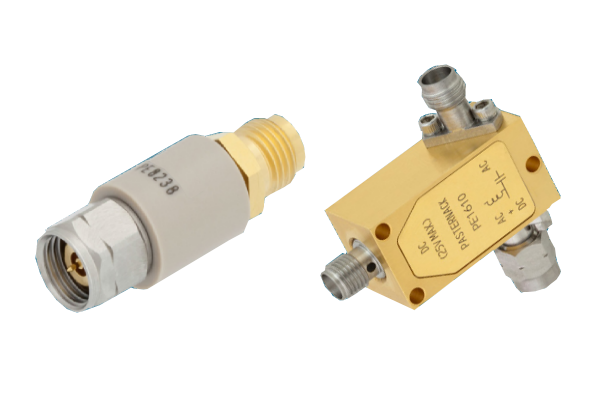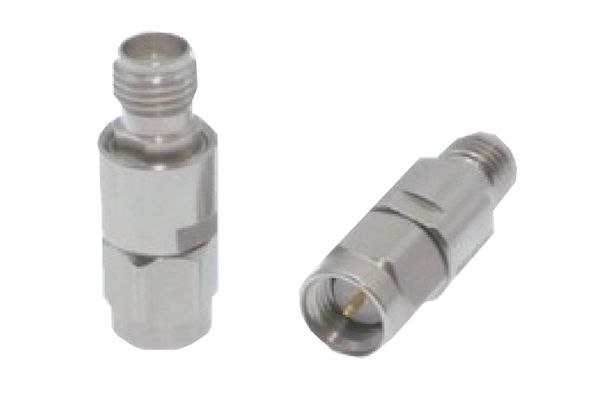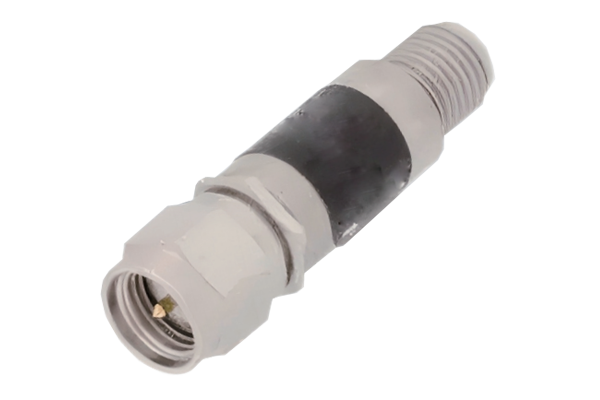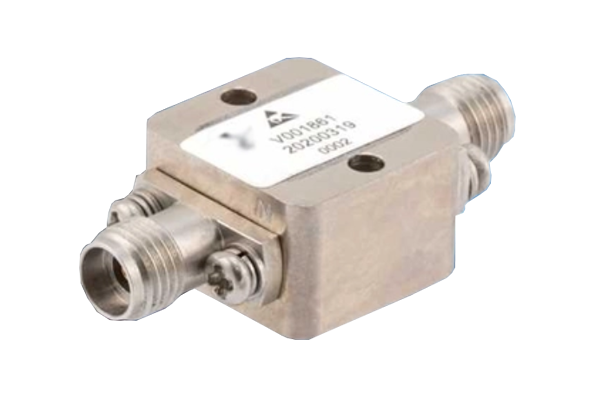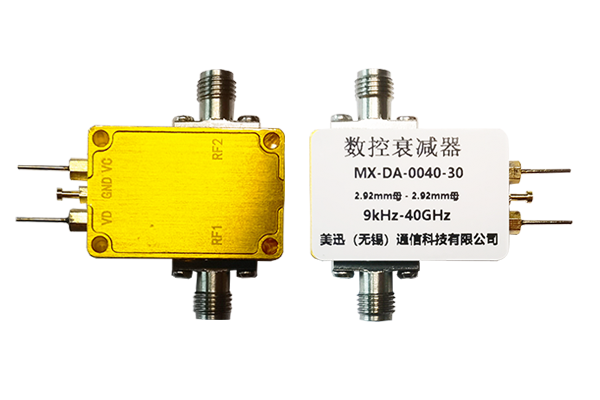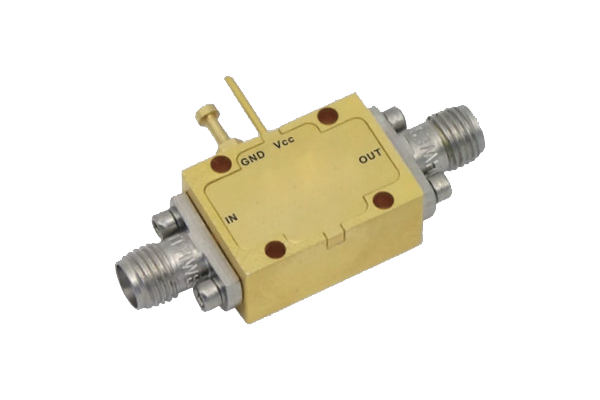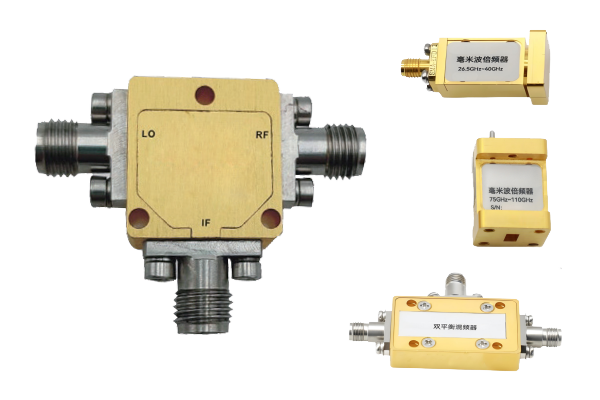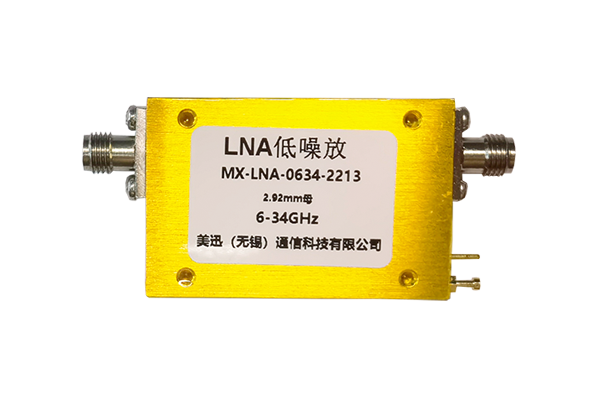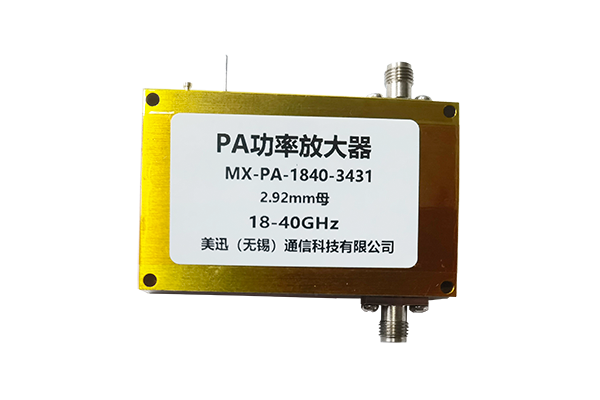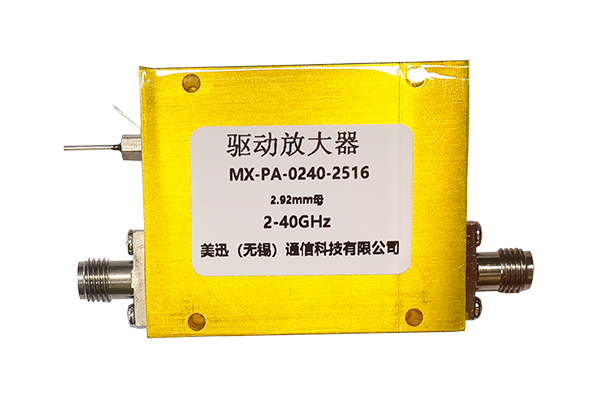How Does a Coaxial Switch Handle High-Power Signals
Coaxial switches are critical components in RF and microwave systems, often required to route high-power signals without significant loss or damage. Handling high-power signals involves careful design considerations to minimize insertion loss, prevent arcing, and ensure long-term reliability. Below are the key factors that enable coaxial switches to manage high-power RF signals effectively.
1. Robust Contact Design
High-power coaxial switches use low-resistance, high-current contacts made from durable materials like beryllium copper, gold-plated alloys, or silver-plated contacts to minimize resistive heating and maintain signal integrity. The contacts must maintain strong mechanical pressure to avoid intermittent connections, which could cause arcing or signal degradation.
2. Dielectric Strength & Voltage Handling
To prevent arcing or breakdown, high-power switches incorporate high-quality dielectric materials (e.g., PTFE or ceramic) that can withstand high voltages. The switch’s internal spacing between conductors is also optimized to avoid voltage flashover, especially in high-VSWR (Voltage Standing Wave Ratio) conditions.
3. Heat Dissipation & Thermal Management
High-power signals generate heat due to insertion loss and contact resistance. To mitigate this, some switches use:
-
Thermal conductive materials (e.g., aluminum housings)
-
Active cooling (in extreme cases)
-
Heat sinks to dissipate excess energy
4. Power Rating & Peak vs. Average Power
Coaxial switches are rated for both average power (continuous handling capability) and peak power (short-duration pulses). High-power switches must handle:
-
CW (Continuous Wave) signals without overheating
-
Pulsed RF signals without arcing during transient peaks
5. Avoiding Multipaction (RF Breakdown in Vacuum/High Altitude)
In aerospace or space applications, multipaction (a vacuum discharge effect) can occur at high power levels. Specialized switches use pressurized gas or optimized gap distances to prevent this phenomenon.
6. Switching Mechanism (Electromechanical vs. Solid-State)
-
Electromechanical switches handle higher power but have slower switching speeds.
-
Solid-state switches (PIN diode/FET-based) are faster but typically limited to lower power levels.



